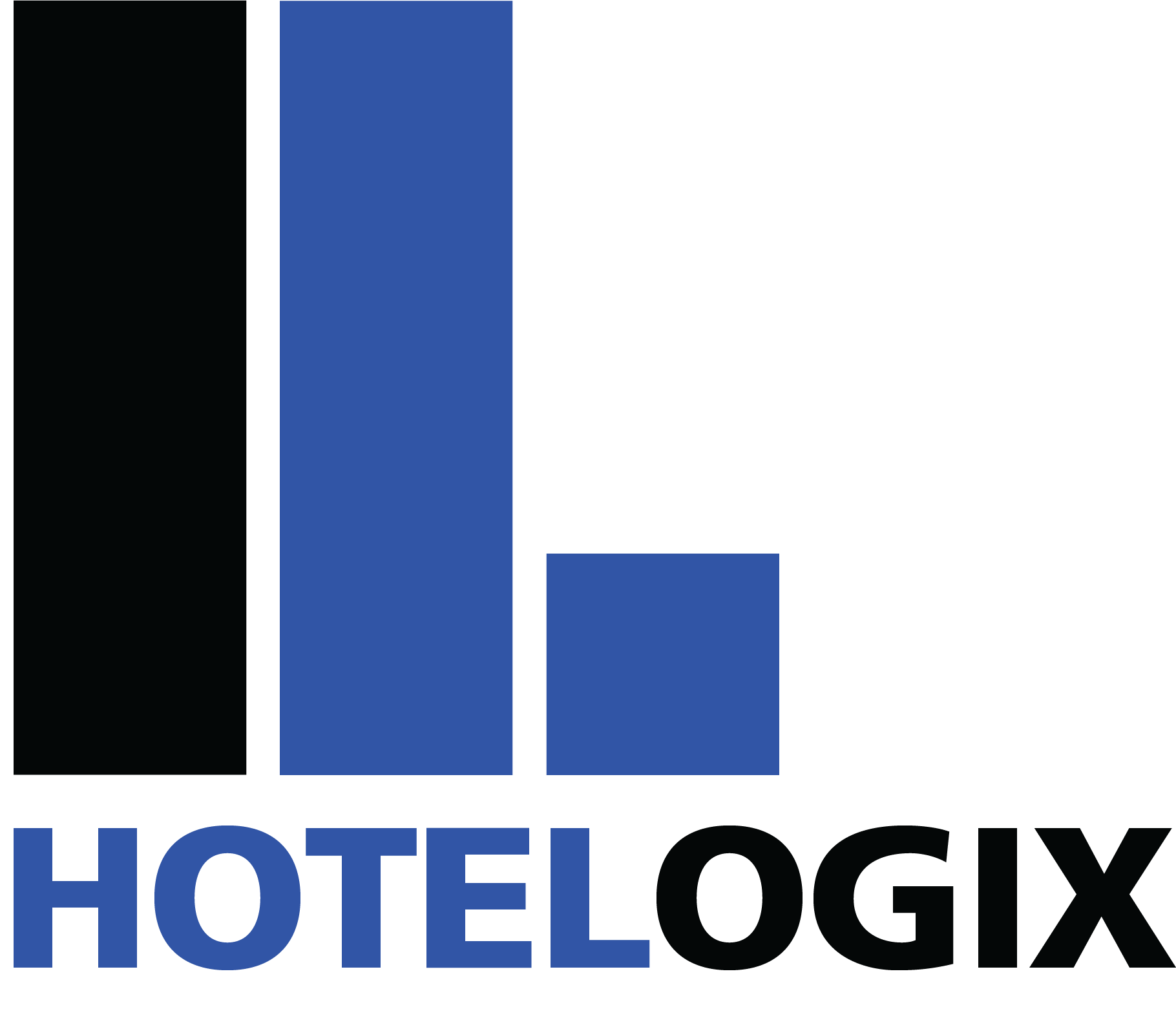It’s not surprising to see hoteliers around the word scramble to improve their occupancy numbers – ensuring high occupancy has always been a priority for general managers. After all, increased occupancy directly translates to increased revenue. Unfortunately, higher revenue doesn’t always equate to increased profitability. As we’ll see later, a hotel may have lower occupancy than competing properties of similar size and still enjoy higher profits!
In order to maximize profitability, hotels need to focus on other areas besides distribution. Revenue management plays a critical role in determining how much of the incoming revenue is contributed to a property’s bottom-line. Unlike occupancy boosting strategies, revenue management focuses on extracting maximum revenue from the given number of products – in this case, vacant rooms. Since hotel rooms are perishable commodities (unsold rooms expire every night) and customers do exhibit some level of tolerance towards price discrimination, such a strategy has been proven to be beneficial for independent as well as large properties.
As Ira Vouk explained in her article about the adjusted revPAR (or ARPAR); occupancy and revPAR alone are not sufficient for measuring profitability.
High occupancy doesn’t always indicate high profitability
Consider a hypothetical scenario involving two identical properties Hotel A and Hotel B. For the sake of simplicity, let’s assume both properties have only 10 rooms but implement very different strategies – while Hotel A focuses on maximizing occupancy, Hotel B prioritizes revenue management.
Hence,
Hotel A achieves 100% occupancy by lowering the room rate to $80, generating $800 in revenue.
Hotel B achieves a lower occupancy of 90%, but sells each room for $90, bringing in $810.
At first glance, the additional $10 generated by Hotel B might not seem like much. But let’s introduce a few more factors to the equation, like the Cost Per Occupied Room (CPOR). CPOR takes into account the expenses involved in preparing a hotel room for occupancy, such as housekeeping, replenished toiletries, inspection, and so on – let’s assume this to be $10 per room.
Factoring in the CPOR for both hotels, we can see that Hotel A incurs an expense of $100, as compared to the $90 incurred by Hotel B.
So the gross profit of Hotel A = Total revenue $800 – Total CPOR $100 = $700
Similarly, the gross profit of Hotel B = $810 – $90 = $720
From these results, it’s evident that operational expenses also go up with occupancy. Hence, focusing on improving the average income generated per occupied room – or the Average Daily Revenue (ADR) – contributes more to the hotel’s bottom-line than merely trying to maximize occupancy. Note that this is only applicable when the loss in occupancy is compensated for by the gain in ADR. In large properties with several points-of-sale, additional revenue from upselling can also help offset other expenses like the CPOR.
Hence, high occupancy by itself is not a good indicator of a property’s profitability and managers must prioritize revenue management.
Occupancy forecasting is a popular trend among hoteliers, but when it comes to measuring profitability, such forecasts are of little use any more. While these occupancy reports used to be a legitimate way to estimate profitability several years ago, in today’s dynamic setting it’s a different story altogether. That’s because occupancy once used to be the primary variable whose fluctuation affected revenue – most hotels would stick to the same rate for the entire season, or even the whole fiscal year. With more and more hotels beginning to introduce revenue management strategies such as dynamic pricing and channel management decisions
However, by no means does this mean that occupancy reports are now redundant. Coupled with the right information, hoteliers can use the data to come up with optimal pricing strategies.
Using occupancy reports to adjust pricing
Periods of high occupancy generally signify higher demand than periods of lower occupancy, but a high occupancy forecast doesn’t always mean it’s time to increase room rates. The date of the occupancy forecast is a crucial factor when it comes to adjusting pricing. 70% occupancy several months from now indicates a spike in demand outside the standard booking window, meaning increasing the price would allow the hotel to capitalize on the period of high demand. The same occupancy report for the coming week however, probably means that lowering prices to fill more rooms is a better option – there are exceptions though, like when a hotel arrives at 70% occupancy after experiencing high pickup. Booking pace or pickup refers to the rate of at which the hotel is receiving bookings. Arriving at 70% occupancy after 5-10% day-on-day booking increments indicates a period of high demand and means increasing prices would be the ideal move, even for the coming week.
These parameters, along with occupancy reports, can prove to be a powerful tool in revenue management. Remember, the key to high profitability is a well-defined revenue management strategy – not high occupancy!
—



